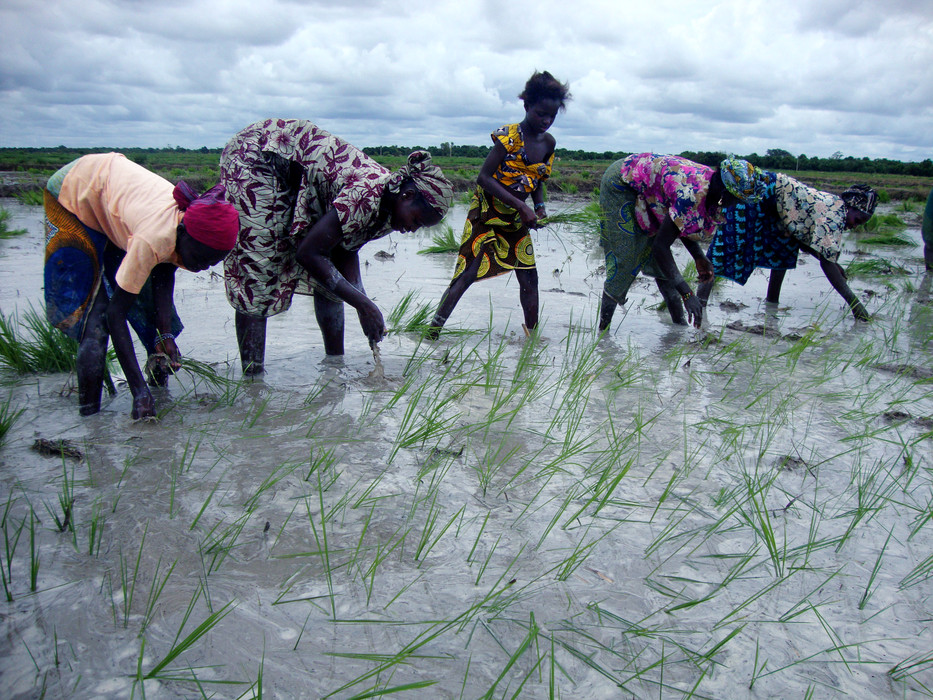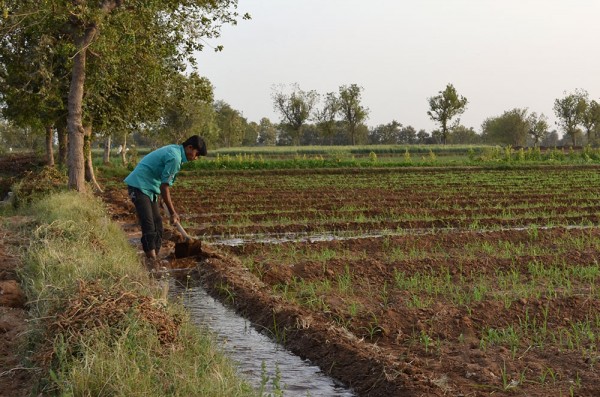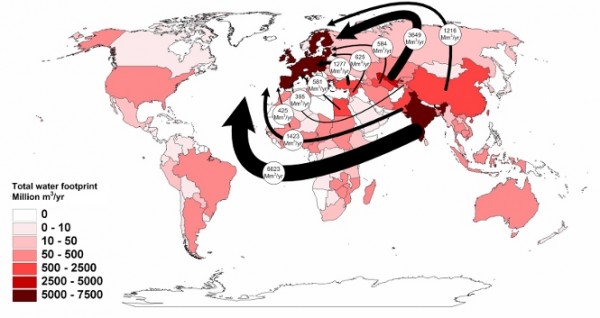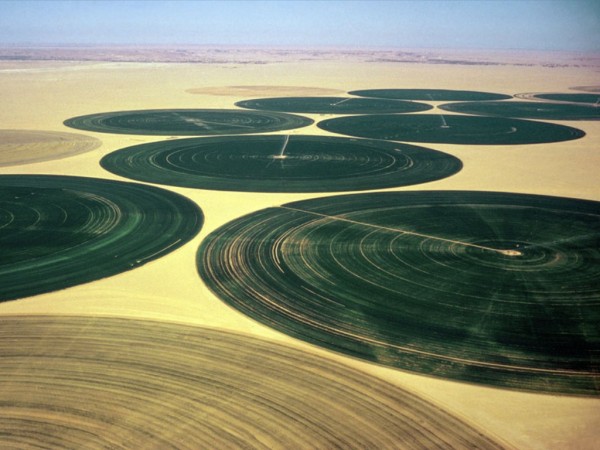Access to water resources key for food security

Recurring droughts highlight need to better manage water resources and safeguard food security. Ongoing worldwide drought has hurt global grain production and contributed to food price spikes every other year since 2007.
One of the key messages that FAO is transmitting this week at World Water Week in Stockholm, Sweden is that water use and water waste must be used wise throughout the entire food chain. World Water Week is the annual event which brings policy makers and experts from around the globe together to discuss pressing issues related to water and its management.
FAO’s recent report,The State of Land and Water Resources for Food and Agriculture, warns that water scarcity and pollution are posing a growing risk to key food production systems around the world.
“Agriculture, as we practice it today, is one of the causes of this phenomenon, as it represents 70% of all freshwater uses.” Jose Graziano da Silva, FAO Director-General (whole statement)
Agriculture is the largest consumer of freshwater by far – about 70% of all freshwater withdrawals go to irrigated agriculture. Today, irrigated agriculture covers 275 million hectares – about 20% of cultivated land – and accounts for 40% of global food production. With rapid population growth, water withdrawals have tripled over the last 50 years.

To meet the world’s growing demand for food, people need to produce in a way that conserves water, use it more sustainably and intelligently, and helps agriculture adapt to climate change.
Reducing food wastage by 50% – including post-harvest losses, losses in transport and handling, and losses in the household – might vastly reduce or even negate the need for additional water to grow more food, which will ensure sufficient water is available for food in the future.
As irrigation systems come under pressure to produce more with less water, there is a danger that unequal rights and entitlements will widen inequalities. Irrigation is very important for overall food production by enabling 40% of the production on only 17% of the cropland.

New framework for water management in agriculture
Toward that end, FAO is proposing a new framework for water management in agriculture: Coping with water scarcity: An action framework for agriculture and food security.
FAO’s framework stresses in particular the importance of the following areas where policy and action should focus:
Modernisation of irrigation: age-old canal irrigation schemes need to be modernized to respond to the needs of tomorrow’s farmers, allow for the more efficient use of water and increase productivity. Future irrigation will increasingly be piped irrigation and combine different sources of water, including groundwater, in a sustainable way.
Better storage of rainwater at farm level: by storing water in small ponds or directly in the ground, farmers can reduce drought-related risks and increase productivity.
Recycling and re-using: water re-use, in particular treated wastewater from urban centers, can play an important role for agricultural production in arid areas. A more systematic way of safely using such water can boost local production.
Pollution control: better water quality regulations, together with effective enforcement mechanisms, needs to be put in place to reduce water pollution, which aggravates water scarcity.
Substitution and reduction of food waste: agricultural policies must consider the potential that rainfed production still offers in many places, and seek a much more integrated combination of irrigated and rainfed farming.

At the same time, the reduction of post-harvest losses must be part of any water scarcity coping strategy. Of all food produced globally, 30 percent – the equivalent of 1.3 billion tons – is lost or wasted every year along the value chain from field to fork. Reducing these losses go a long way towards reducing pressuring on natural resources that are essential to food production, like soils and water.
A finite resource, pushed to the brink: how water scarcity impacts food security
Climate change will place additional pressure on availability of water for food production
Seametrics Infographic Sheds Light On How Much Water Is Used In Agriculture
Water Development and Management Unit
WE MUST KNOW THIS:
The world’s water crisis is not related to the physical availability of water, but to unbalanced power relations, poverty and related inequalities.

Commenting rules and guidelines
We value the thoughts and opinions of our readers and welcome healthy discussions on our website. In order to maintain a respectful and positive community, we ask that all commenters follow these rules:
We reserve the right to remove any comments that violate these rules. By commenting on our website, you agree to abide by these guidelines. Thank you for helping to create a positive and welcoming environment for all.